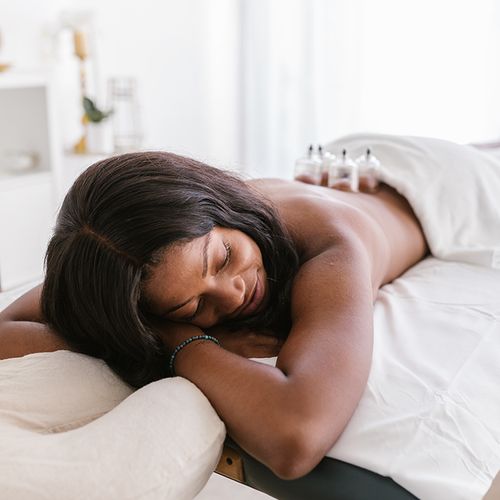More and more people are turning to massage to help treat what ails them—or simply for the sheer sensuous pleasure of the experience.
In addition to the "old faithfuls," Swedish massage (which uses long stroking, kneading and tapping) and its Eastern equivalent, Shiatsu (which uses pressure from palms and hands), other highly effective options that are less well-known exist for people seeking relief from an aching back, tension headaches, knee pain and more.
New benefit: A study in the American Journal of Psychiatry suggested that touch may also alleviate symptoms of depression.
Bonus: Several health insurance plans now recognize the many benefits of massage and have assembled networks of approved providers. Some of the best methods you may not know about…
Abhyanga
Also called oil massage, abhyanga (pronounced "ah-bee-YON-guh") is rooted in the ancient Indian tradition of Ayurveda. Whereas in traditional Swedish massage, the therapist moves in strokes toward the heart to return venous blood flow, in abhyanga the navel, or core, is considered the chief energy center and energy is moved out toward the limbs and head. Abhyanga is often administered by two or more therapists at once. Sesame seed or coconut oil will be mixed with dried or fresh herbs all tailored to your treatment needs, such as calming nerves or increasing circulation), heated and applied using a variety of strokes, such as kneading and effleurage (sweeping motions).
Unlike many Western massage systems that are so relaxing you fall asleep, abhyanga is invigorating and will leave you feeling rejuvenated.
Best for: Aching joints, stress and anxiety relief.
Trigger Point
Trigger points are tight, sensitive nodules that, when pressed, often cause referred pain elsewhere. For instance, if someone were to apply pressure to a point on your shoulder and you experienced a headache or radiating pain down the corresponding arm, you would likely have identified a trigger point.
During trigger point massage, your therapist will identify your trigger points and apply direct pressure for as little as 10 seconds to up to three minutes in the hopes that it will soon deactivate and the pain will dissipate. This treatment can be uncomfortable and even painful, so be sure to speak up if it grows too intense-on a scale of zero to 10 (zero equals no pain...10 indicates intolerable pain), pressure in the five-to-seven range is normal.
Best for: This intense massage style is often prescribed for muscle pain or neck and back issues. Relief can last for a few hours or, in some cases, permanently.
Thai
Thai massage is a cross between massage and yoga and will give you the benefits of both) as your therapist takes you through a series of postures, called asanas. For example, in Assisted Cobra Pose, he/she may kneel behind you, as you lie facedown, and gently pull your arms and wrists backward, opening your chest and shoulders as your torso and head lift off the floor.
This technique is sometimes called "lazy man's yoga" because the client relaxes as the therapist does the heavy lifting. This enables you to benefit from poses that might otherwise prove too challenging to achieve unassisted. Except for your feet, you remain fully clothed.
Best for: Improving flexibility, headache pain and back or neck strain.
Caution: People who have certain medical conditions, such as phlebitis (inflammation of the wall of a vein, typically in the legs), are not candidates for massage or massage therapy. Check with your doctor to be sure it is safe for you.
Also: Be sure to disclose any health issues, no matter how minor they may seem, to your massage therapist. For instance, someone taking a blood thinner is more likely to bruise with any type of massage, while an individual with rheumatoid arthritis would want to avoid hot stone massage, as the heat could provoke a flare-up. Similarly, a person with osteoporosis would want to inform his massage therapist so that techniques can be adjusted for safety.
Want to try it? Visit Associated Bodywork & Massage Professionals at www.massagetherapy.com, and click on "Find a massage practitioner for a therapist in your area.
